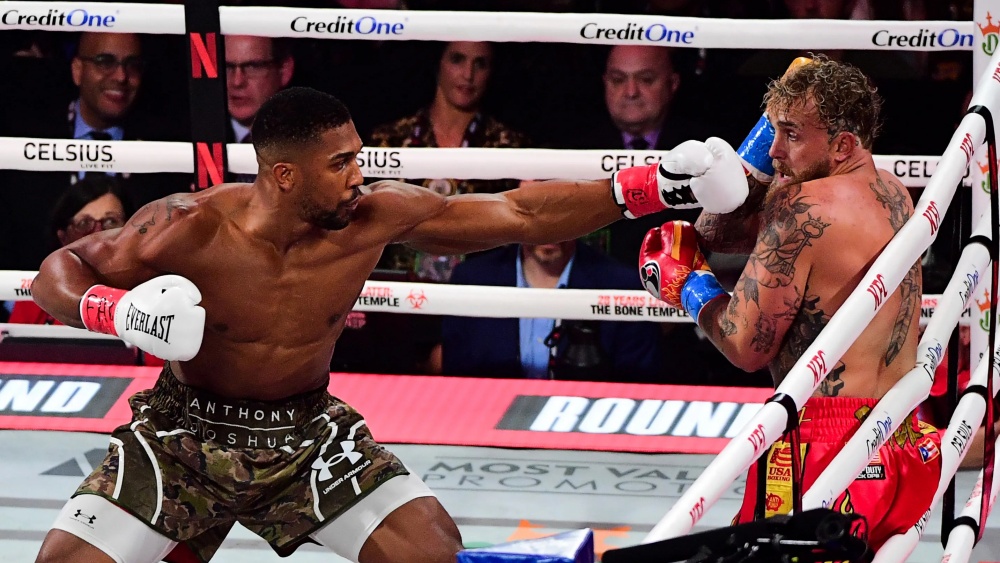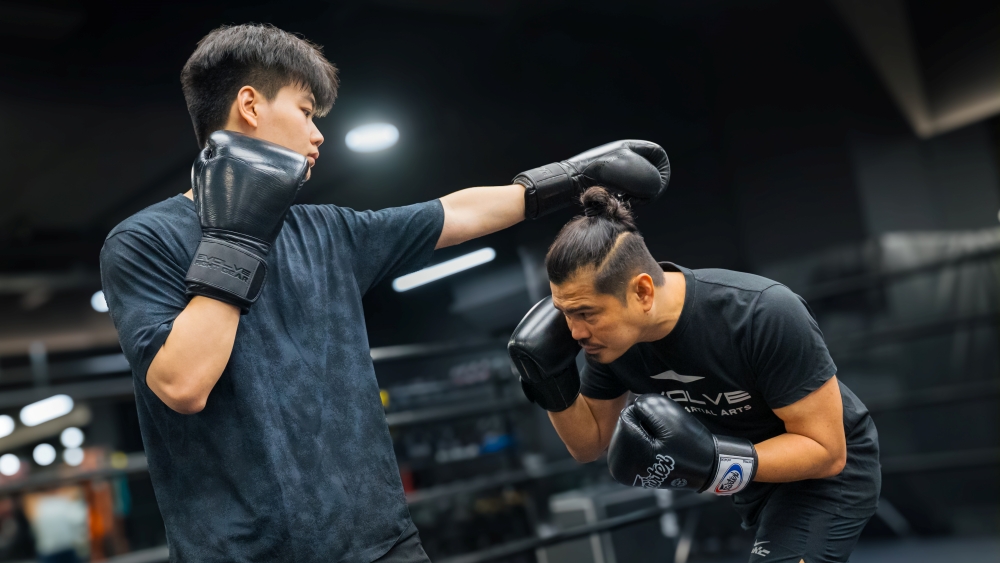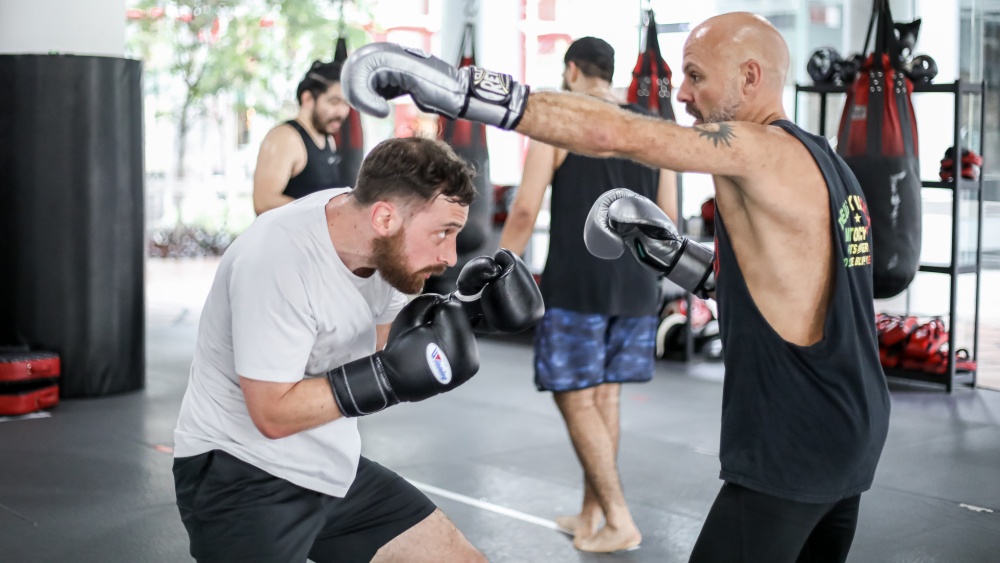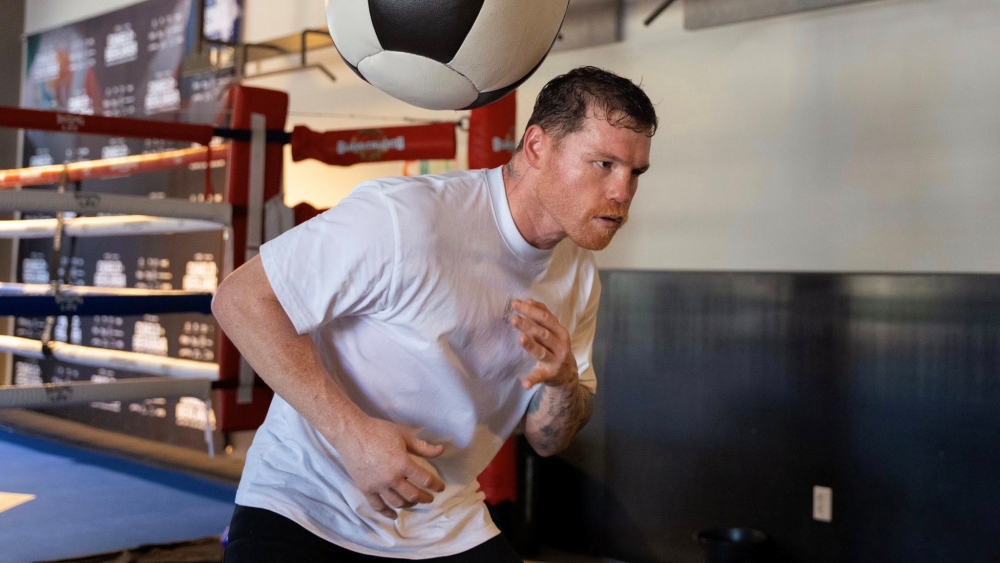One of the most devastating punches in boxing is the uppercut. Learning how to throw a proper uppercut is an important weapon in your boxing arsenal. However, uppercuts are probably the hardest punch to master in boxing.
Some of the biggest punchers in the history of the sport are known for their lightning quick and very powerful uppercuts. “Iron” Mike Tyson, Juan Manuel Marquez, Canelo Alvarez, and Roy Jones Jr. are some of the most well-known boxers to have employed incredible uppercuts in their punch repertoire.
Uppercuts, when used at the right time and in the right manner, can effectively stun any opponent. As the punch explodes right on the chin, your opponent should either go down or be dazed enough, unable to defend follow-up punches. That being said, the uppercut is perhaps the most difficult punch to land.
Feel like you need to hone your uppercut technique and add a new dimension to your offense? We have got you covered. Today, Evolve Daily shares five things you need to know about uppercuts in boxing.
1) Uppercuts Can Be Very Effective If Done Correctly
The first thing you need to know about uppercuts is how effective they can be. Imagine a punch landing square on the jaw, hitting that sweet spot right on the chin where just enough force can momentarily separate any fighter from his senses. That’s how uppercuts can stun opponents with great frequency.
The trick to uppercuts, as is with everything in martial arts, is proper technique. If done correctly and utilized in the correct situations, the uppercut is a great punch to have in your arsenal.
Both left and right uppercuts from your lead hand and rear hand have different uses and should be used in different ways. With all offense in boxing, however, there are things to take note of.
2) They Are Difficult To Land
One of the most important things to know about uppercuts in boxing is that they are extremely tough to land. Because a boxer’s glove guard naturally defends the center zone which includes the chin and the solar plexus, it is relatively easy to block and parry punches coming from right down the middle.
Due to this, uppercuts have a low probability of landing clean. They also are made increasingly difficult to land on their own and should be set up by other punches first like jabs and straights. As such, uppercuts should be used sparingly, and only when there is a clear opening.
When they do land, however, the effects of uppercuts are incredible. Uppercuts have a knock-back property, in that they are able to snap the head backwards or to the side, breaking line of sight. This means that even if an uppercut is not particularly damaging to an opponent, at the very least, the knock-back property can create moments when opponents are vulnerable to other attacks.
3) Know The Optimal Distance
The reason why the uppercut is the single most difficult punch to land in boxing is that it is the punch that has the most distance to travel from base to target. Yes, there are short uppercuts, but you need to be right in the pocket to land those. Otherwise, uppercuts need to come all the way from the base of the torso to the chin or body of an opponent.
It is important then to know the optimal distance to land uppercuts. Generally, uppercuts should be launched when you are toe to toe with an opponent. Any further would increase the chances of the punch being telegraphed. In this sense, the closer you are, the better.
But getting too close opens up many vulnerabilities from all angles, so one must never neglect defense and positional awareness. Your opponent also has the ability use his or her own uppercuts, so a huge part of mastering them also involves knowing how to defend against them. It’s important to utilize proper footwork to move in and out of range, unleashing the uppercut only at the correct distance.
4) Never Lead With An Uppercut
Legendary boxing coach Freddie Roach of the Wild Card Boxing Gym in Hollywood tells us never to lead with the uppercut. Leading with the uppercut means using the rear hand for the uppercut as the first punch in a combination. The reason is, again, due to the uppercut’s need for correct distance and setups.
Because uppercuts travel a long way from base to target, they are notoriously easy to telegraph. And due to this, they are also easy to parry and counter. Throwing uppercuts causes the guard to lower, exposing the chin and making a fighter susceptible to counter hooks. Furthermore, counters to uppercuts are almost always devastating because you are left in such a vulnerable state.
So if you don’t want to be left wide open for a vicious counter, never lead with an uppercut. It’s one of the fundamental mistakes to be made in boxing.
5) Transfer The Power From The Base
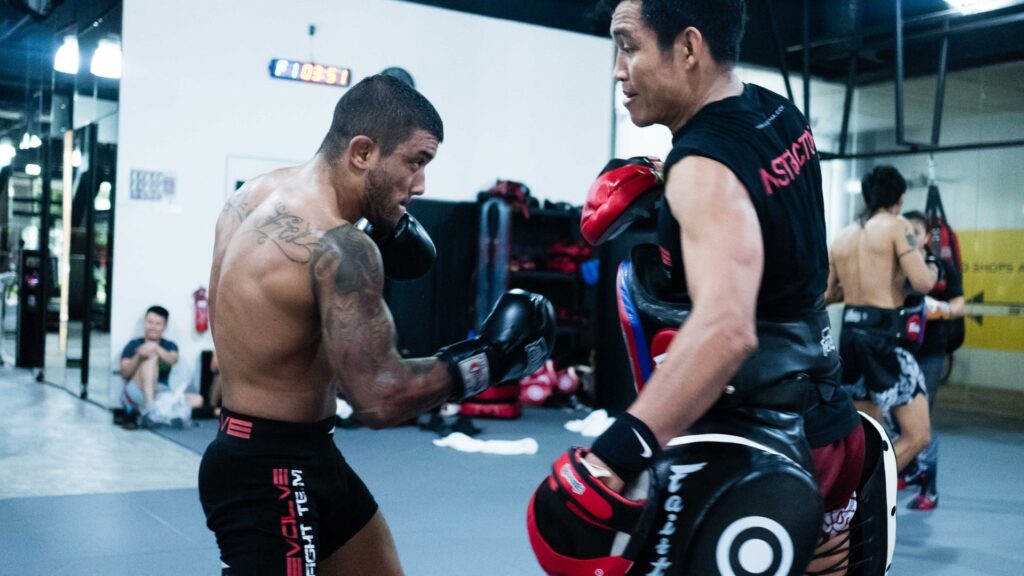
As is with nearly every punch technique in boxing, the power must always come from the base. Uppercuts put you in a position where this movement proves to be slightly awkward.
To maximize power in an uppercut, twist the torso and generate additional power from the shoulder to make up for the absence of torque.
Uppercuts in boxing are incredibly nuanced, and as with everything else in martial arts, practice makes perfect. So practice your technique on the heavy bags and uppercut bags, work the focus mitts, and employ it in sparring. Pretty soon, you’ll have a wicked looking uppercut in your arsenal.
You may also like:

